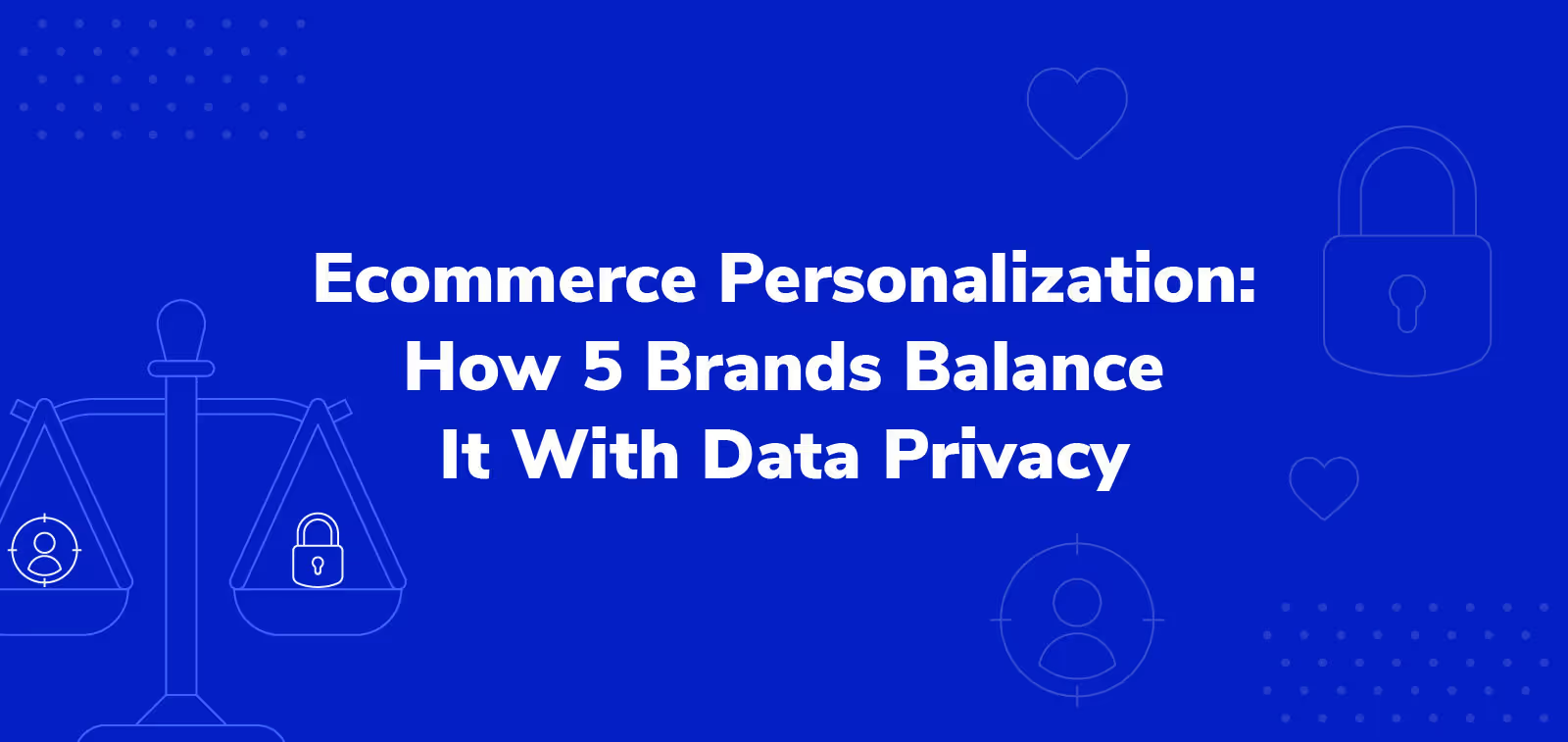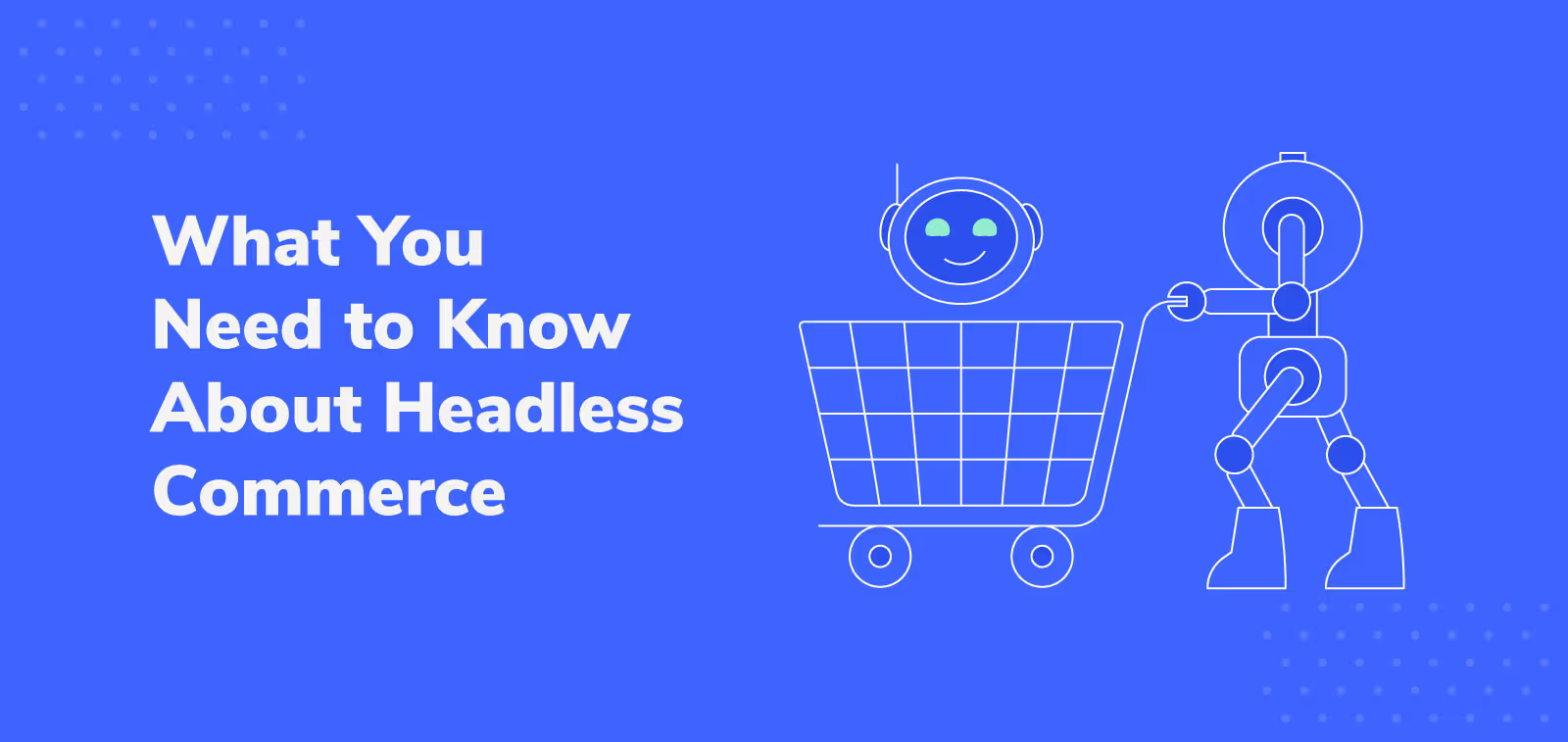How to Reduce Operational Costs in 6 Steps: A Guide for Today’s Merchants

Whether you run an ecommerce or brick-and-mortar store (or both), two priorities are inescapable: increase sales and reduce operating costs. These priorities play a more pivotal role when sales flatten or decline in times of economic uncertainty.
One of those times is now. In a July 2024 release from The Conference Board, Chief Economist Dana Peterson notes consumers “still appear to be concerned about elevated prices and interest rates, and uncertainty about the future.”
Rising consumer uncertainty is a clear signal to start increasing the efficiency of your business processes. Here are six ways to contain your business costs that won't harm customer retention efforts.
#1: Curtail retail store footprint
Rent is one of merchants’ biggest operational expenses. One of the most effective ways to reduce it is to move to a smaller or more affordable location. Granted, this is easier said than done.
Obviously, rent varies drastically by location. If you want to open in a densely populated, economically vibrant area like Brooklyn, New York, here’s the reality:
Commercial real estate company Cushman & Wakefield claims a merchant seeking a location in Brooklyn will need to pay $80 to $200 per square foot per year. Assuming the merchant moves into an average-sized space (approximately 6,500 square feet) and pays the high end of Cushman’s estimate ($200 per square foot), the merchant is looking at an annual rent of approximately $1.28 million.
While renting a smaller retail space can improve your bottom line, this move won’t lead to growth in the long run unless there’s a strategy behind it.
Take DSW Designer Shoe Warehouse. Their typical physical storefront spans 20,000+ square feet. But in 2022 they opened a 15,000 square-foot concept called Warehouse Reimagined. Their idea was to draw attention to best-selling national brands like Adidas and to their owned brands.
What did they do? They added “oversized graphics” and “flexible store walls” to better immerse customers in certain brands. Plus they created a “dedicated kids' section” with “interactive games and the ability for kids to size themselves and select their own products.”
But did this downsizing and reimagining work? DSW’s flagship concept store is still open, and their April 2024 market cap hit $536.62 million, up from $535.33 million in April 2023.
#2: Consider “just in time” inventory management
“Just in time” inventory (JIT) management is a method that keeps only as much inventory in your warehouse as necessary to meet customer demand. The faster you run through inventory, the less you have to store long term. The result? Your warehousing bill is smaller.
But JIT is only a good idea if you have a reliable supply chain, solid historical sales data, and razor-sharp demand forecasting.
Suppose you sell sunglasses online, and your YoY data indicates a spike in demand at the end of May (Memorial Day weekend). Rather than sit on that inventory for months and pay to store it, work with your suppliers to stock it just before the wave of demand hits.
Here are a few other ways to make sure your JIT management doesn’t break down:
- Build relationships with different vendors in case your primary supplier has a sourcing problem.
- Consider working with a 3PL (third-party logistics) firm that has the physical infrastructure to run JIT.
#3: Pare down the size of packing boxes
Major shipping carriers like FedEx and UPS base their shipping charges on package dimensions as much as package weight. Which means if you use large packages for lightweight jewelry items to allow for an elaborate unboxing experience, you’re adding to your shipping costs.
For example, FedEx charges $9.75 for FedEx Express Saver® shipping of a five-pound envelope from Los Angeles to New York. A five-pound box with dimensions 12 in. x 10 in. x 2 in. costs $24.03 to ship FedEx Ground®. Multiply those numbers by the dozens or hundreds of packages you ship in a month, and you see the point.
But what if unboxing is a huge part of your brand but you still want to save on shipping by reducing package sizes? You have two options:
Adapt your unboxing experience to a smaller package
If your unboxing experience involves a fair amount of tissue, inserts, and other fillers, consider a more minimalist approach. This scaled-back experience can have a similar effect, plus the lack of filler can decrease your packages’ environmental impact.
Oura Ring’s unboxing aesthetic takes a page from Apple. The positive impact comes from its simplicity and sophistication:

And instead of physical inserts, attach a QR code to the package interior linking to a landing page on your website.
Limit unboxing experiences to certain products.
Another idea is to reduce package sizes on certain items only.
Suppose you run an ecommerce store specializing in shaving, and you encourage new customers to purchase a kit containing a razor, blades, and shaving cream. These customers will likely benefit from the impact of a more elaborate unboxing experience.
But if that customer orders replacement blades, send those in a smaller, less-expensive box. Read more about packing tips here.
#4: Offer in-store pickup
When consumers are able to pick up items ordered online in your physical store, you spend less on shipping.
According to Shippo’s 2023 State of Shipping Report, “one-third of merchants said they spend 6 to 10% of an order’s total value on shipping, while another one-third spend anywhere between 11 to 20%.”
Obviously there’s a cost to installing order pick-up capabilities in a physical retail store. To make sure it will actually reduce operational costs, ask yourself these questions:
- Can I easily configure my physical stores to hold the additional inventory? (This might be more challenging if you’ve already decided to shrink your retail footprint.)
- Can my store associates quickly flip from my POS software to order management and confirm customer pickup? (If you use Shopify for ecommerce, you can easily configure in-store pickup from your Shopify admin.)
To further offset costs from adapting to in-store pickup — while still saving on shipping — include a promo on an in-store purchase with their pickup confirmation email or SMS. You’ll potentially increase your average order value.
#5: Invest in subscription commerce
Subscription commerce reduces the marketing expenses associated with customer retention while boosting customer lifetime value. How? Subscriptions have retention built into them since they automate repeat sales.
Here’s how subscription commerce works. Say you drink coffee every morning. It saves you time and often money (subscribers get lower prices) to automate shipments of coffee to your home at designated times. You’ll always have enough on hand to get you through the morning.
But is subscription commerce the best option for your ecommerce store? If you sell furniture, no. But it’s worth considering if you sell a disposable product that needs frequent replenishment, like lash and nail retailer Glamnetic.

Sure, adding subscription commerce to your ecommerce stack has a cost. Popular subscriptions provider Recharge starts at $99 per month, and allows subscribers to manage the frequency of shipments without having to call customer support.
So here are the final two considerations before adding subscription commerce:
- Does its projected impact on customer lifetime value (CLV) justify its cost? (High CLV is evidence of strong customer retention.)
- Does it offset or eliminate other customer retention costs?
Estimate your customer lifetime value
Customer lifetime value (CLV) is one of several metrics that measure your financial health. Calculate it with the following formula:
CLV = average order value x average purchase frequency x average customer lifespan
Here’s an example. Suppose your AOV is $40, customers purchase six times per year, and they buy for two years before dropping off. That’s $40 x 6 x 2 = $480 CLV.
Even if your AOV remains $40, subscription commerce’s automated sales can improve this metric considerably. Suppose customers now purchase 12 times per year, and they drop off after three years.
That’s $40 x 12 x 3 = $1,440, a 200% CLV increase. And even after paying Recharge’s monthly fee, the CLV is still higher than before.
Assess other customer retention costs
With subscription commerce’s cost-effective boost to CLV, you might be able to avoid or offset more expensive customer retention costs.
One of the biggest customer retention costs for merchants is a loyalty program. Besides running the software program itself, costs include sourcing new member benefits to keep the program fresh. Plus you’ll need to launch marketing campaigns that promote those benefits to existing or prospective members.
While total costs vary, loyalty program software provider Antavo’s 2023 Global Customer Loyalty Report illustrates how much companies are willing to pay. They estimate companies “have invested or plan to invest $375,000 in the launch or revamp of their loyalty programs, on average.”
Another customer retention tactic might be sending your entire list a weekly email offering a discount on one or more products. With a thriving subscriber base, you might be able to reduce your weekly email sends. Your customers will have less risk of email fatigue, and you won’t need to hire that associate ecommerce manager.
#6: Outsource product and shipping protection
Product and shipping protection are also great ways to improve customer retention. And outsourcing them helps you manage customer support costs, likely one of your biggest operational expenses.
Your customers experience disappointment when a newly arrived product breaks or when a package goes missing during delivery. They purchase product and shipping protection to offset that disappointment.
But if filing and resolving a claim is arduous and time-consuming, that disappointment can morph into frustration. And that frustration often leads to customer churn.
You open the door to customer frustration if you try handling claims internally. Claims management is complex, and taking the time to train your customer service agents on its nuances pulls them away from other pressing support challenges. Team members’ morale could suffer, which leads to higher employee turnover.
Sure, you can hire more full-time employees, but you’d be adding to operating costs. The annual mean wage of an agent in California is $49,950.
When you outsource product and shipping protection to Extend, you free up your agents’ time for claims management and improve customers’ claims experience.
Extend has its own dedicated support team to handle claims, but your customers will likely only interact with Kaley, Extend’s online claim adjudicator. Kaley processes 98% of claims in 90 seconds or less.

And the cost to you, the merchant, for happier customers and lower operating costs is an average two to four weeks of onboarding time with a dedicated Extend account manager.
Reduce operational costs — and boost total revenues — with Extend
When you reduce operating expenses without sacrificing your customer retention efforts, you free dollars for customer acquisition. Focusing on retention alone won’t grow your business.
Extend not only saves you money on payroll, it shares revenue from customers’ product protection plan purchases. Use this extra cash flow to acquire customers by improving the experience at your new, smaller retail store, or funding a paid ad campaign.
If you’re still on the fence about product and shipping protection, read this article on common merchant objections to them — and why they don’t hold up.
Aaron Sullivan is senior content marketing manager at Extend. He specializes in writing about e-commerce, finance, entertainment, and beer.
.svg)












































.avif)











